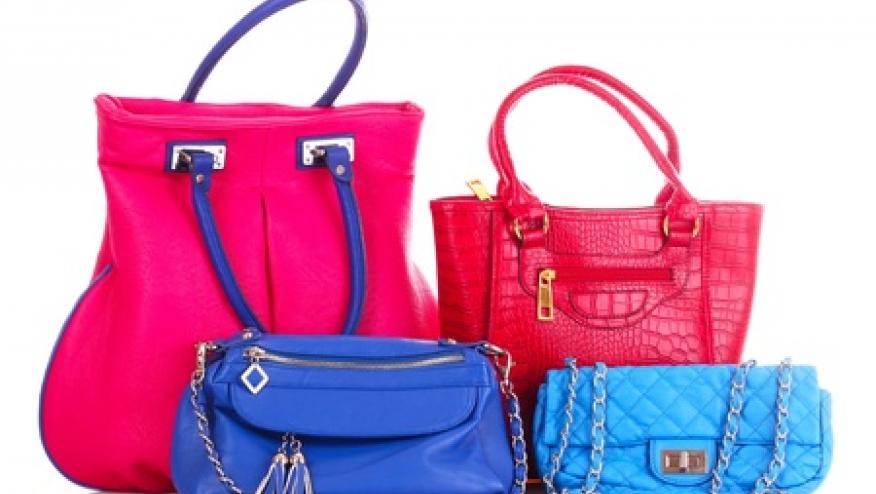The Purse Exam: a Forgotten Part of the Physical Save

- Vitals T 98.6oF BP 124/88 HR 76 RR 16 Weight 126 Height 5’2”
- G: WD female, NAD
- Pulm: normal chest expansion, CTA B, no W/R/R
- CV: RRR, S1, S2, no murmurs, gallops, peripheral edema
- Abd: S, NT, ND, no guarding
- MSK: All 4 extremities examined, no synovitis, swelling, deformities or effusion
- Spine: mild thoracolumbar scoliosis, paraspinous cervical and lumbar muscle tightness
- Purse: Large leather tote 12X24”, weighs 12.5 lbs.; contains bottled water, wallet, checkbook, reading glasses, book, hand sanitizer, tissues, gum, cosmetics, full sized can of hairspray, hairbrush, lotion, pens, cell phone, sunglasses
In Texas, everything is big—big hair, big fashion, and bigger purses. To ignore the size and content of a patient’s purse is a mistake that rookies often make after completing their rheumatology fellowship. The purse tells a story about the patient: her personality, her medical history, and the key to her musculoskeletal complaints.
One of my patients is a petite woman who has been complaining of right sided neck and shoulder pain along with left knee pain for months. She has been to several doctors, including orthopedic surgeons who did not find much wrong; she had been prescribed NSAIDS and injected with glucocorticoids which provided temporary relief. She was referred to me for possible fibromyalgia.
I diligently performed a physical exam, which included looking inside her large purse. The usual items were found as noted above in my sample Purse exam, but in addition, she also had a sizable box of dog biscuits for large dogs. I looked at her and asked why she carried dog biscuits since obviously there are no dogs nearby, and she did not have pets. She replied promptly, “They’re for emergencies… just in case I come across one.”
Other doctors would have discounted these findings. The true answer to her complaints: the problematic purse and her underlying anxiety. I counseled her that the purse which she carries on her right side is straining her neck and shoulder; in addition, the size and weight of the bag is shifting her center of gravity and placing more force to her left leg to maintain her posture, accounting for the left knee pain.
Aside from addressing her pain, I also touched on a major issue she had been dealing with most of her life. Her purse informed me that this patient has significant anxiety and insecurities; she carries everything in her purse “in case something happens.” I advised her to downsize her purse, referred her to physical therapy, and recommended she see a counselor. She returned 3 months later feeling great and carrying a small clutch.
Now, not every woman who carries a large purse has anxiety issues; the above is just an example of how the purse exam is an important part of the physical that can help make the diagnosis and improve patient outcomes.
Words of advice to male doctors: looking inside a woman’s purse is as sensitive as doing a gynecologic exam—you need to ask for permission, and you may require a female assistant in the room while you do this. Opening a woman’s purse is like dissecting her soul; old photos, love letters, ticket stubs tell unbidden stories, but give a fuller picture about the patient. Online, several websites suggested that the patient’s “purse-onality” is reflected by the type of purse she carries:
- Large totes = disorganized, anxious, worried, “carries a lot of baggage”
- Clutch = prim and put together, confident, forward-thinking
- Backpack purse = practical, down-to-earth, good-natured
- Arm satchel = demanding, determined, task-oriented, stubborn
- Cross body bags = easy going, hard-worker
- No purse = the ultimate female, a master, nothing bothers her
If you find someone whose large purse is causing a problem to their health, don’t be deterred when she resists suggestions to downsize the bag. Many patients will often say, “…but that is a small purse”, “…it’s not that heavy”, or “…the one I usually carry is much bigger.”
Patients’ perspective on what is reasonable to carry is distorted by the demands of commercialism and peer pressure. I typically retort, “If you cannot carry your purse on your pinky finger for more than 30 minutes, then it is too heavy.”
I often wonder if downsizing the purse should be part of the T2T (treat to target) initiative.
Some patients will not change their purses regardless of the impact on their neck and back issues. Pick your battles based on the patient’s “purse-onality.” but don’t ignore the results of the purse exam. Like counseling a patient to quit tobacco, repetitive gentle nudging can be effective to get the patient to change her purse, even if it takes years.
What kind of purse do I wear? I typically use a backpack purse, but I am striving to become a No-Purse Master.







If you are a health practitioner, you may Login/Register to comment.
Due to the nature of these comment forums, only health practitioners are allowed to comment at this time.